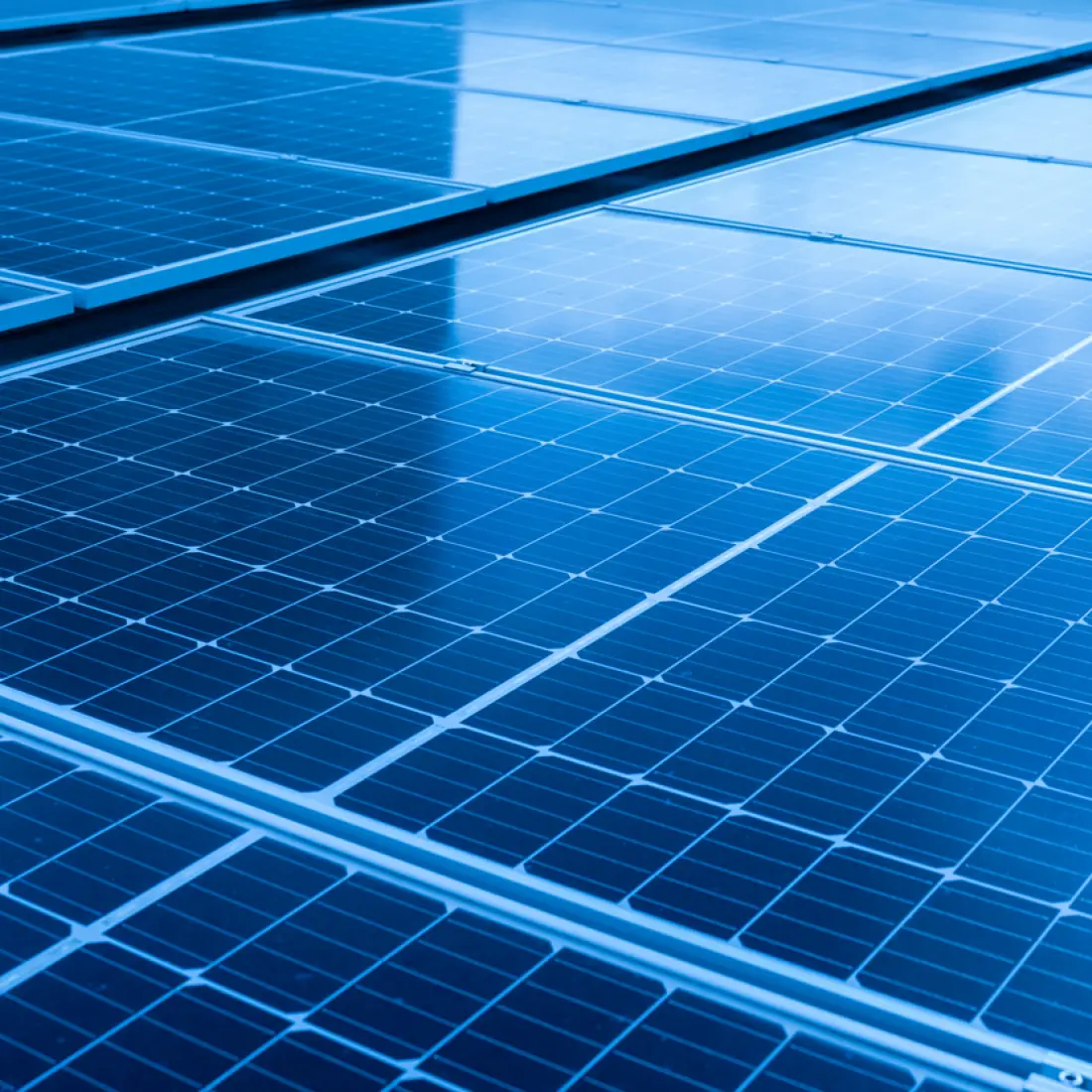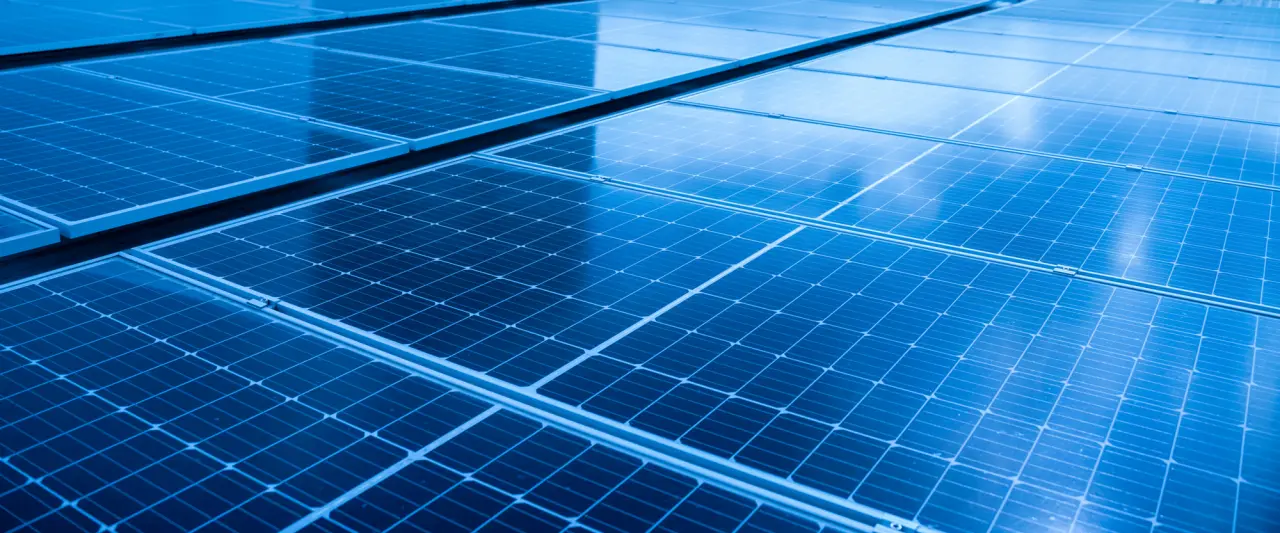Is solar power truly renewable or nonrenewable?


Renewable energy sources are unlimited and naturally replenished, while nonrenewable resources come from finite sources. Solar energy is considered a renewable resource because the sun shines on Earth daily. Even if you use all of your solar resources in one day, they’ll be naturally replenished tomorrow.
Even though solar energy is renewable, certain characteristics differentiate it from other renewable energy sources. This guide will explore the renewable nature of solar energy, along with its benefits and limitations.
Characteristics of renewable energy sources
Two main characteristics identify an energy source as renewable: it must be non-depletable and naturally replenishing. Researchers believe the sun will continue shining for 5 billion more years. This means there’s no immediate risk of Earth running out of the sun’s rays, making them non-depletable. Replenishment is also an issue. The sun shines every day, even when there are clouds and rain. There isn’t a waiting period to harness more sun.
Renewable resources are cleaner and have a lower environmental impact because they naturally occur. Humans don’t have to do anything for the sun to shine, the wind to blow, or waves to crash upon the shore. These resources are also found worldwide.
What makes solar energy renewable?
Solar energy is renewable because the sun will continue shining regardless of whether humans harvest its energy. Solar energy is also renewable because the collection of the sun’s rays doesn’t take away from the ability of others to enjoy it. It has unlimited collection capacity.
The solar energy production process
The solar energy production process starts with site selection and then expands into the placement and installation of solar panels, known as photovoltaic cells.
Photovoltaic cells use mirrors to concentrate the sun’s rays and reflect them onto receivers. The converters turn the sun’s energy into heat that can power various electrical channels or is stored in batteries until it is needed.
Researchers are constantly working to create better photovoltaic cells that collect more sun rays and store the energy more efficiently. This makes the solar investment even more valuable. Consumer buy-in is also important. When people see solar working in their homes, in solar fields at their workplaces, and even in their phone chargers, they better understand the value of investing in solar power.
Economic benefits of household energy independence
The average American household will notice significant economic benefits from investing in solar panels. Not only can they enjoy the peace of mind that comes with energy independence, but they also save money in multiple ways.
- Solar panels can immediately reduce their energy bills, reducing this line item in their budgets.
- They don’t have to worry about utility companies raising rates and won’t feel as much of an impact if billing processes change.
- Households can save money on their taxes by taking advantage of renewable energy tax credits.
Not only can you see a return on your solar panel investment, but you can also increase the stability of your finances from jumps in rates or unexpectedly high utility bills.
Calculating the return on investment for solar power
Follow these steps if you want an idea of what your level of energy independence will be and your estimated ROI from solar installation. This can help you plan project costs and understand the benefits.
-
- Estimate your project costs: most families need between 17 to 25 solar panels, bringing your project cost to around $10,000 to $30,000.
- Calculate your tax credit: this will tell you how much you save on your taxes from solar installation.
- Determine your monthly savings: you can find online tools that estimate your solar production based on your location. You can compare this output with your annual consumption.
- Consider this impact on your electric bill: for example, your solar production could cut your electricity bill in half.
- Track your ROI break-even point: this is how long it will take for the energy savings to pay off.
Using example numbers, if you spend $15,000 on solar panels and receive $4,500 in tax credits, then your target break-even point is $10,500. If you save $700 per year on your electricity bills, it will take 15 years to break even. Considering solar panels are designed to last more than 25 years, this would give you a decade of profit.
Comparing renewable and nonrenewable energy
Nonrenewable energy resources are limited commodities that come from the earth. Even though energy experts continuously seek new energy lines, the Earth will eventually run out of these resources. Here are a few examples of nonrenewable energy resources:
- Coal;
- Oil (petroleum);
- Natural gas.
Non-renewable resources have a harsher impact on the planet. Coal, oil, and natural gas are known as fossil fuels because they were formed from the remains of dinosaurs centuries ago. They need to be physically mined from the earth and burned to create energy. Fossil fuels are more limiting, time-consuming, and harmful to the environment compared to solar harvesting.
Environmental impact of nonrenewable energy
Fossil fuels and other forms of nonrenewable energy significantly harm the environment. Oil fields and coal mines harm the local environment, pollute water sources and kill native flora and fauna. Burning fossil fuels contributes to pollution, harming the planet while also affecting the air humans breathe. People who are exposed to high levels of pollution are more likely to develop respiratory illnesses like asthma.
High levels of pollution, poor air quality, and reduced biodiversity all contribute to climate change. The Environmental Protection Agency (EPA) says, “Burning fossil fuels changes the climate more than any other human activity.”
The finite nature of nonrenewable resources means humans will need to seek alternative options in the future. Changing energy habits now toward renewable options can protect the environment and human society as a whole.

Benefits of solar energy as a renewable resource
Switching to solar energy and reducing dependence on fossil fuels has several benefits. Solar energy is cleaner and creates a safer environment for local wildlife by reducing pollution. Organizations can create pollinator habitats around their solar panels, which is also a research focus for the Office of Energy Efficiency & Renewable Energy.
Almost any entity can invest in solar, from individual households to enterprise-level companies. This means people and businesses don’t rely on utility providers to make clean energy choices and reduce their carbon footprints.
There are also economic advantages to investing in solar. Households and companies alike can save money on their utility bills by installing solar panels. Individuals can grow their careers in solar and learn new skills. On a macroeconomic level, entire communities can change their workforce outlook by bringing solar farms to the region. Solar investment has the potential to change unemployment rates.
Solar energy and energy independence
Solar energy also leads to independence on multiple levels. The United States imports 76% of its crude oil and buys it from 86 different countries. Not only can solar investment reduce dependence on a finite resource, but it can also make the U.S. more resilient if tensions develop between oil-producing countries.
The U.S. government offers tax credits for businesses and households that invest in solar, while the European Union is developing its own plans to incentivize green energy adoption. These entities see that renewable energy is the future.
Individuals can also enjoy energy independence with solar investment. They won’t have to rely on a utility provider, which can change rates or limit services whenever it wants to. On-grid solar systems allow homes and businesses to stay connected to utility providers, so they can get support when they need it while still maintaining this independence through backup batteries and generators.
Challenges and limitations of solar energy
Despite the ample opportunities and benefits that come with solar adoption, researchers are working to overcome existing challenges with this resource. Certain regions are better suited for solar collection than others, which means it’s not as effective in parts of the country with short winter days or less sunlight. Solar storage is still limited, which makes it hard to distribute solar-collected energy from where it is collected.
Solar can also be challenging on an individual level, with the cost of panel installation and maintenance pushing many homeowners away from this option.
Despite these limitations, technology always moves forward. Innovations in collection and storage should make solar energy more affordable and feasible for Americans in future decades.
Conclusion
Renewable resources are cleaner to harvest and better for the environment. They are also unlimited and replenishing. Investing in renewable energy now can protect the planet and the plants, animals and humans that call it home.